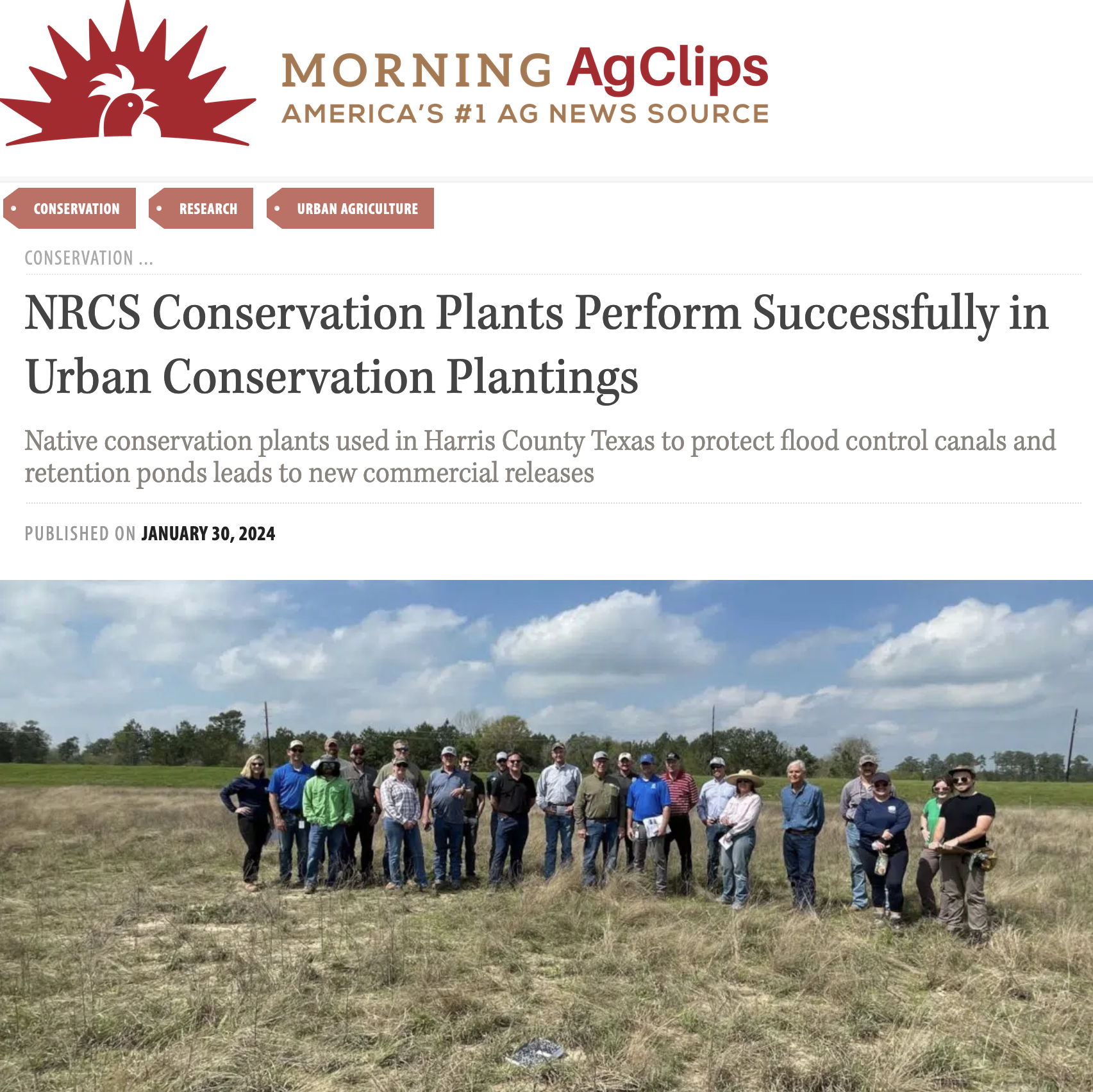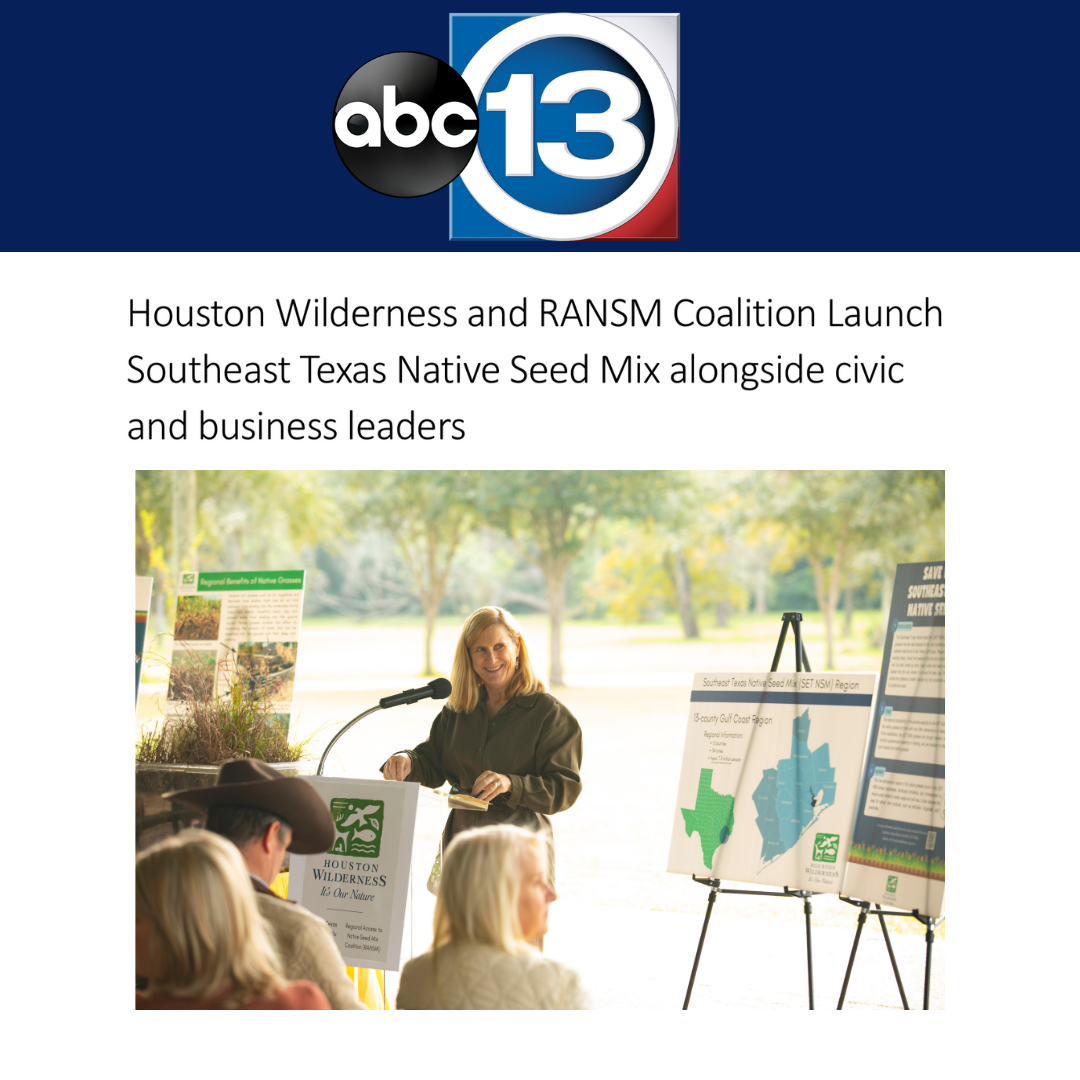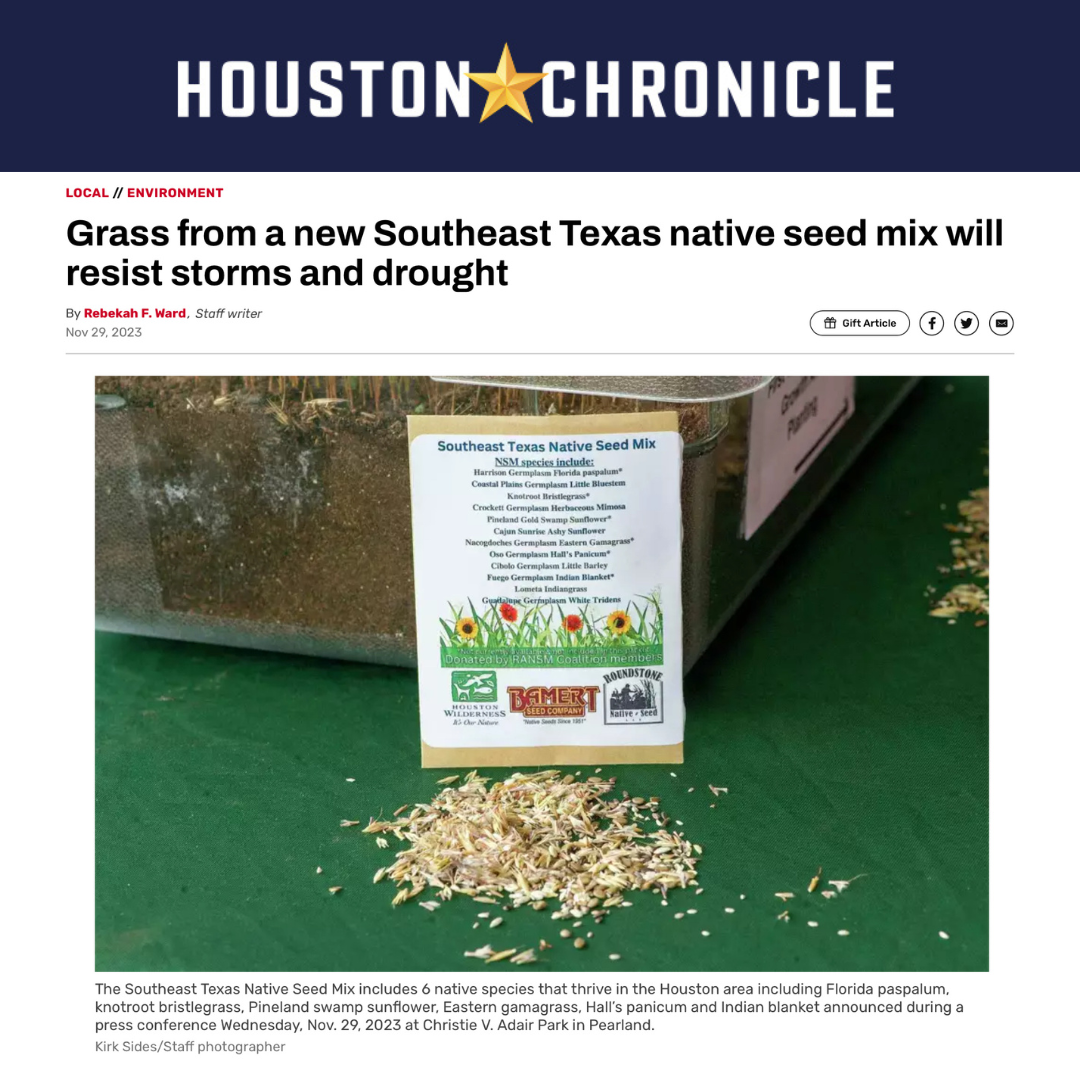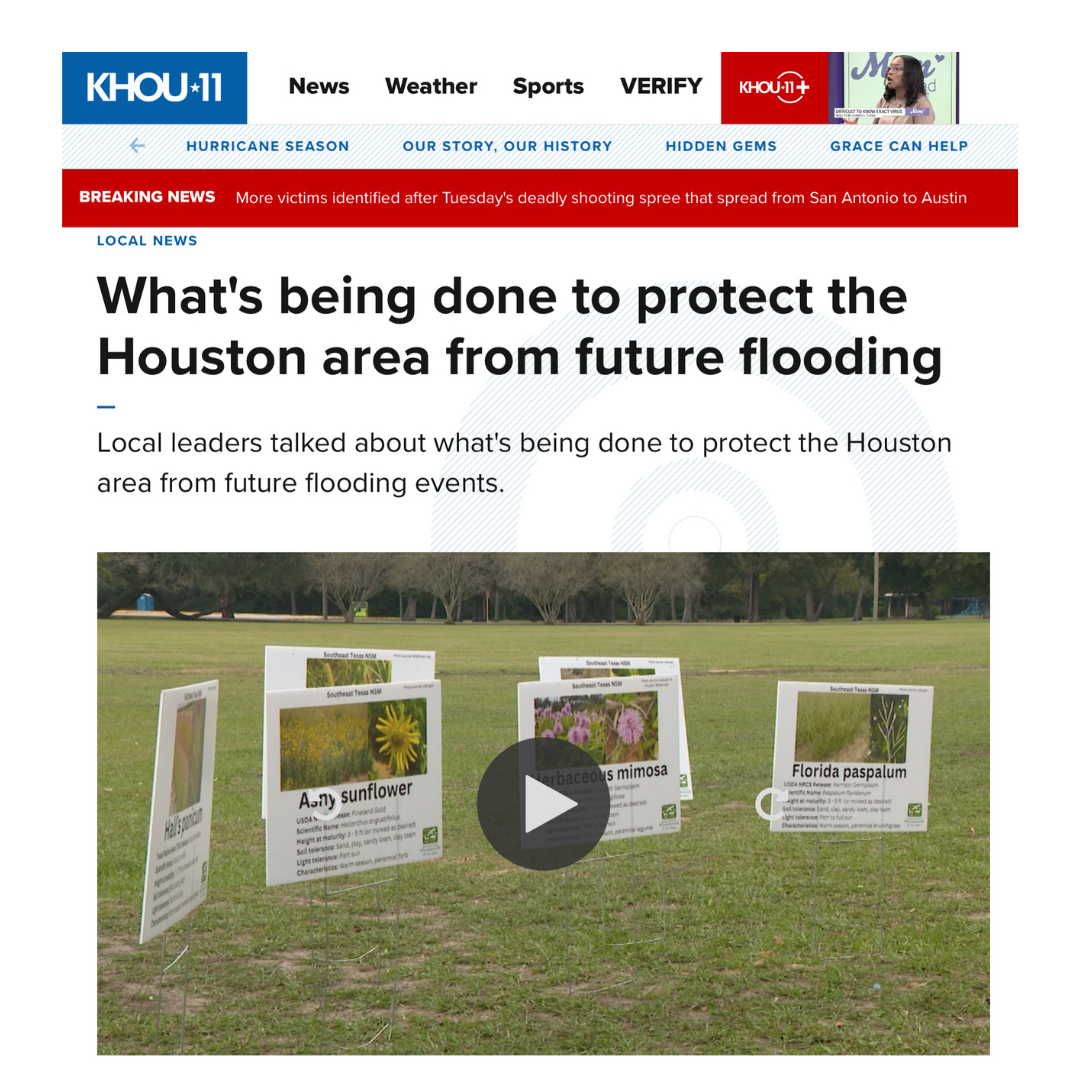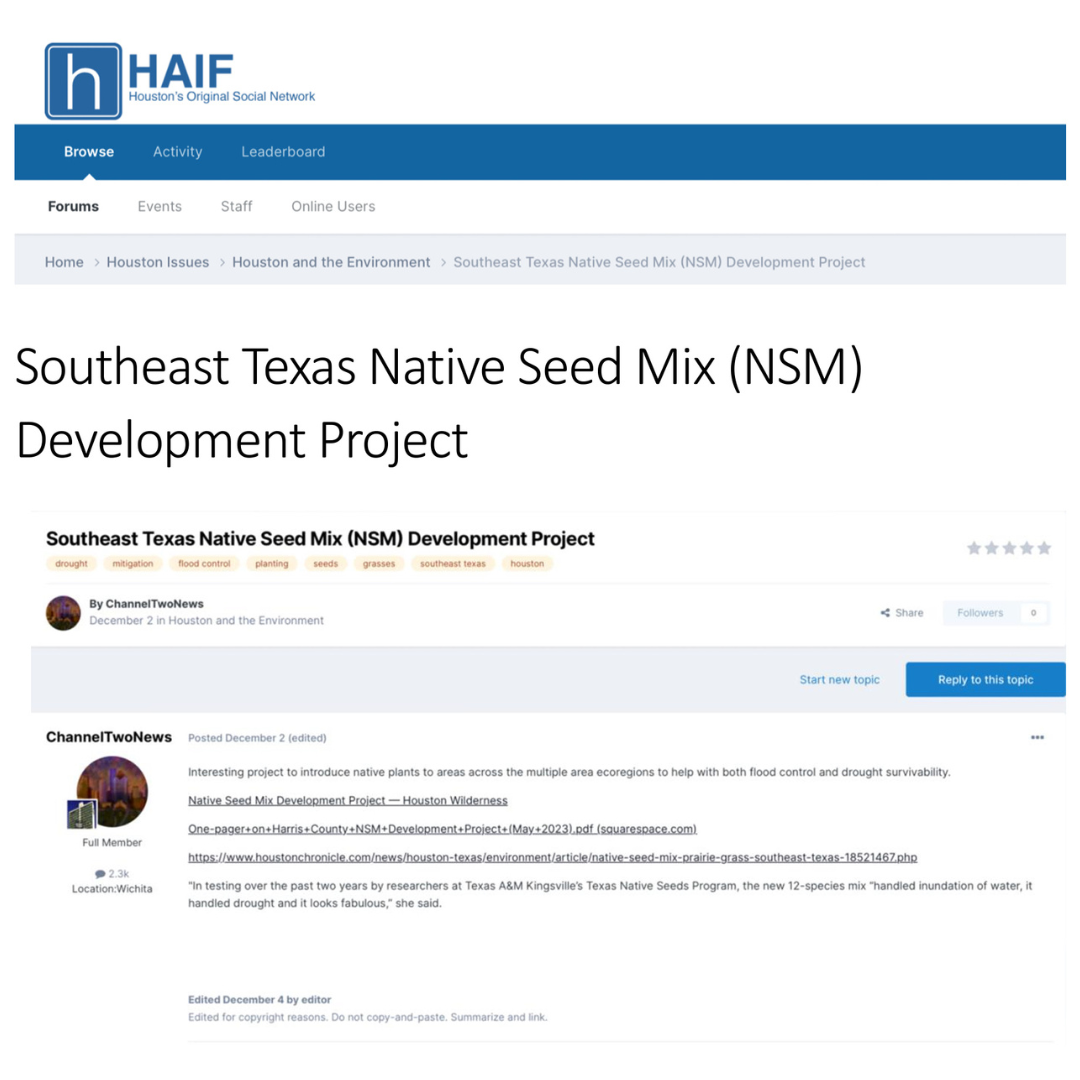PINEY WOODS
ABOUT THE PINEY WOODS
The Sam Houston National Forest is located 50 miles north of Houston. The forest contains 163, 037 acres between Huntsville, Conroe, Cleveland and Richards, Texas. With land in Montgomery, Walker, and San Jacinto counties, the Sam Houston National Forest is intermingled with privately owned timber lands and small farms. The wilderness area is bisected by three major creek drainages: Little Lake Creek, Pole Creek, and Sand Branch. Those drainages create a rich ecological mosaic. Loblolly Pines and Shortleaf Pines dominate ridgetops that are separated by a wide variety of hardwoods along the creek channels.
Winter and spring are Sam Houston National Forest’s most popular seasons due to the mild southeast Texas climate. Hikers can see a multi-use managed forest with a variety of ages and types of trees, plants, and wildlife, and the trail is usually rarely crowded. Visitors to the trail can also see rivers, creeks, lakes, and streams that run through and around the Sam Houston National Forest. The Sam Houston National Forest is drained through several small creeks into the east and west forks of the San Jacinto River, and a small portion drains into Lake Livingston.
Deer is the most popular game animal in the Sam Houston National Forest, with Squirrels second. Quail and Dove are found around newly regenerated timberland. For the water sportsman, fishing and duck hunting can be enjoyed on area lakes and streams. Lake Conroe and the surrounding National Forest Lands provide wintering habitat for the endangered Bald Eagle and the Red-cockaded Woodpecker. The Red-cockaded Woodpecker was designated an endangered species in 1970. This unique little bird and its habitat are fully protected on the Sam Houston National Forest. Wherever these birds are found, the management emphasis is directed toward providing the special habitat they require.
The Sam Houston National Forest lies within the Gulf Coastal Plains, and the principal soils were developed from unconsolidated beds of clay, sand, sandy clay, or clay shale materials comprising old non-calcareous sediments of the Tertiary and Pleistocene Ages. The soils range from slightly to severely erosive, although any of the soils in the forest will erode if the right conditions such as heavy rains or where concentrations of waterflow are present.
Visitors can bike, bird-watch, camp, hike, horseback ride, fish, swim and more in the ecoregion.
Other References:
- Texas Parks and Wildlife Department Wildlife Diversity Program (link: https://tpwd.texas.gov/publications/pwdpubs/media/pwd_bk_w7000_0013_red_cockaded_woodpecker.pdf)
- National Wildlife Federation (link: https://www.nwf.org/Educational-Resources/Wildlife-Guide/Plants-and-Fungi/Longleaf-Pine)
- World Wildlife Organization (link: https://www.worldwildlife.org/ecoregions/na0523)
To read more about Piney Woods, download its section of the atlas by clicking on the atlas icon.
PINEY WOODS SITES
Download Houston Wilderness' List of Ecoregion Sites for information on sites in all 10 ecoregions.
TOP 10 FACTS ABOUT...
THE PINEY WOODS
1) The Piney Woods is the southwestern-most remnant of what was once a huge contiguous pine forest that ran from East Texas through the Mississippi lowland forests.
2) The Sam Houston National Forest, now one of four National Forests in Texas, with other three being Angelina National Forest, Davy Crockett National Forest and Sabine National Forest.
3) The dominant plants including Loblolly Pine, Shortleaf Pine, Longleaf Pine, Bluejack Oak and mixed hardwoods.
4) The undergrowth plants are flourishing. In the understory of the forest, Blackberries, Dewberries, Wild Plums and Persimmons provide food for wildlife.
5) The soil orders of the Piney Woods contain vertisols, ultisols and alfisols.
6) The legendary pine of old growth southern forests is the Longleaf Pine, which bears large cones and longer leaves than the loblolly and is an evergreen conifer with the longest leaves of the eastern pine species.
7) The Lone Star Hiking Trail, one of the many recreational areas in the forest, boasts 128 miles of nature for hikers to enjoy. It is the longest continuous hiking trail in the State of Texas.
8) The Red-cockaded Woodpecker is the only species of woodpecker that excavates its cavities exclusively in living Loblolly Pines, Shortleaf Pines and Longleaf Pines. Their cap and nape are pure black, while the cheek patches are noticeable white. Red-cockaded Woodpeckers draws bird watchers from all over the world.
9) On the western lobe of the Sam Houston National Forest, there is a man-made lake called Lake Conroe. During the winter, resident Bald Eagles perch in the tall pines and soar over the shores of Lake Conroe.
10) In the understory of the forest, blackberries, dewberries, wild plums and persimmons provide food for wildlife.
Banner photo by Marc Reid




